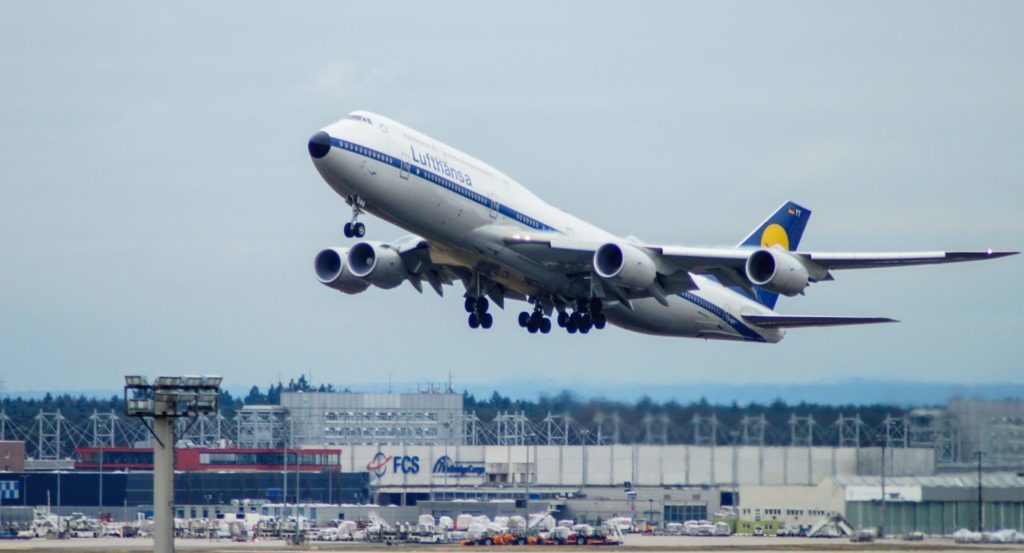It goes without saying that keeping aviation and passengers safe is the top priority of the industry. All decisions and authorizations, from new aircraft designs and airport procedures to individual flight plan approvals, are made with this in mind.
Aviation safety and security is integral to everything that happens in commercial aviation. Nevertheless, there are still some areas where extra attention can be paid for significant effect. This article explores some of these main areas.
Continued technology improvements
There is little doubt that continual technology innovation and improvement has led to aviation being so safe today. According to the UK Civil Aviation Authority, the fatality rate per billion kilometres travelled by aircraft is 0.003. By rail, it is 0.27, and by car, it is 2.5.
Flying was not always this safe, and improving airframe, engines, and standards have made an enormous contribution to this. Just looking back to the development of the first commercial jet aircraft, the Comet, and the several hull losses this experienced shows this well. We would not expect to see this with any new aircraft today.
This will be especially important as the industry enters new technology areas such as electric power and hydrogen propulsion. Just as significant work was done in the early days of piston engines and then jet engines, new developments will come with new safety requirements.
Carrying out risk assessments
Looking more at airlines and operators, what can be done to improve already high levels of safety? Staying aware of potential problems and avoiding complacency is very important. Risk assessments for all flight and ground procedures should take into account as much information as possible, including airport and country information and past flight reports.
The use of technology in risk management has improved the situation, and there is plenty of potential to take this further. Managing risk assessments electronically ensures all relevant areas are considered and improves visibility.
Making use of more extensive past data history and artificial intelligence techniques is still in its early stages. Much of what we look at in risk identification and assessment is based on analysis of past problems (including aircraft accidents). With the Big Data concept, though, so much can be done with the huge amount of data from the millions of flights every year. Work is underway through IATA’s Flight Data Exchange (FDX) to start looking into this, but it is early days.
Better training of staff
All staff involved in aircraft and ground operations should be properly trained. This is obvious for aircrew, with rigid safety standards and operating minimums to be met. It extends to other staff too, though. Personnel working in ground services, flight planning, aircraft handling and logistics should all undertake regular training to stay up to date. Just as with pilots and aircrew, one of the dangers of such a safe industry is people forget about the risks and possible problems.
Plenty of industry training is available. IATA, for example, offers a full range of online and classroom learning, catering to everything from flight planning to ground support and crew operations. Up to date amendments are often offered – such as courses to cover safer operating procedures due to the COVID-19 pandemic.
Considerations for flight plans and flight paths
Flight routing has a potential major impact on safety and its importance should not be underestimated. Flight planners need to stay aware of and up to date with changing airspace restrictions.
They also need to anticipate problems and possibly change routes if safety could be an issue. Political, military and even extreme weather events should also take priority over faster and more efficient routes. Using flight planners with experience in relevant regions is very important here.
ATC improvements
There are changes underway too with the use of satellite technology in ATC. This will greatly assist transoceanic flights, where the lack of radar coverage means aircraft follow set routes and spacing. Constant satellite tracking will be safer, and also allow more fuel-efficient routings. Trials of this technology have already taken place on transatlantic routes.
Final Thoughts
So much focus and work has gone into improving aviation safety and security over the past decades. Problems do happen though, and there is always more we can learn and do to keep aviation safe. Finding new ways to learn from past experiences and data is a key way safety can improve going forward. But for airlines and operators, keeping staff trained and processes up to date will always remain vital.
Data Sources:

